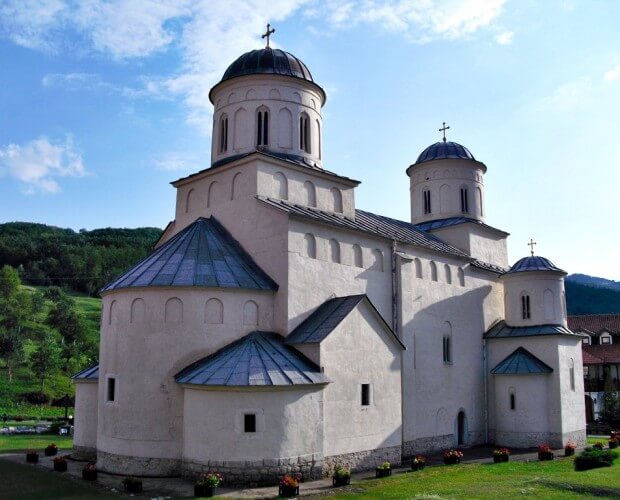 Mileševa monastery
Mileševa monastery
One of the most important Serbian monasteries Dating from the 1230's. Mileševa monastery was built by a medieval king Vladislav who comes from a famous Serbian Nemanjic dynasty. It became the second most important Serbian monastery when it received the relics of the famous Saint Sava, the founder of the medieval dynasty Nemanjic. It had [...]
Continue Reading
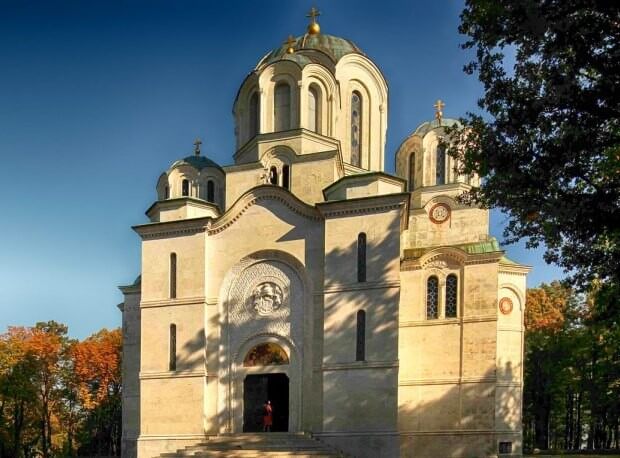 Saint George Church
Saint George Church
Mausoleum of the Serbian royal dynasty Karadjordjević Part of historical memorial complex of Oplenac Saint George Church is a part of historical memorial complex of Oplenac. It was built in the early 20th century in the town of Topola, 70 km south from Belgrade. The interior of the church is decorated with a number [...]
Continue Reading
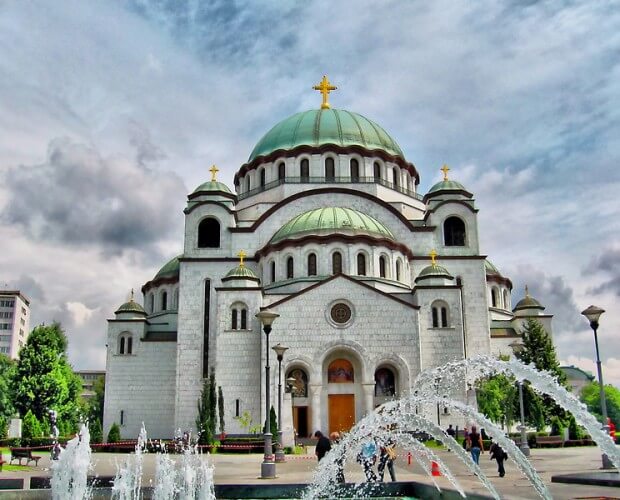 Saint Sava Temple
Saint Sava Temple
One of the largest Orthodox churches in the world In the center of Belgrade It was built in the Serbo-Byzantine style. Construction of the church has lasted for more than a century, mostly because of the wars and the unfavourable political conditions. The church is so large that it can accommodate more than 10,000 people [...]
Continue Reading
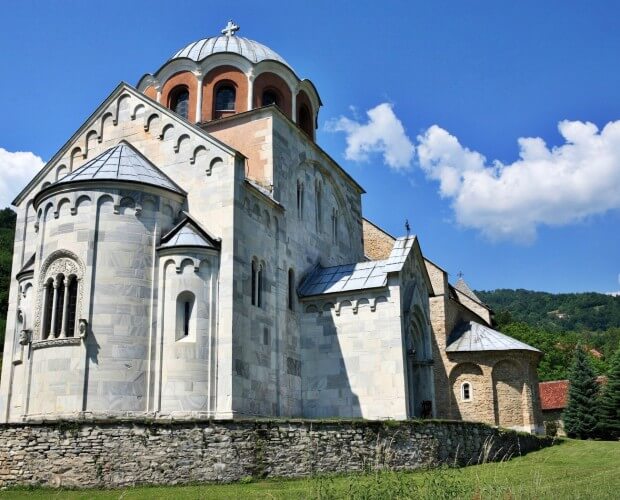 Studenica monastery
Studenica monastery
One of the most important Serbian Orthodox monasteries Serbian Valley of the Kings Many other Serbian monasteries are built on the model of this one. It was built in the late 12th century by the prominent Serbian ruler Stefan Nemanja, the founder of the dynasty Nemanjic. Apart from religious functions, the monastery was a cultural [...]
Continue Reading
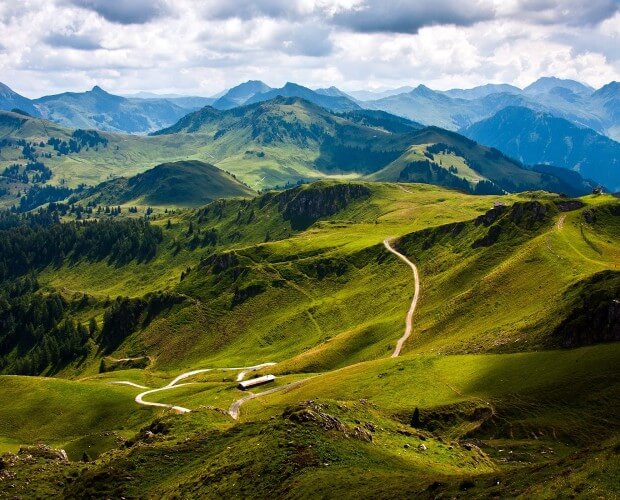 Zlatibor
Zlatibor
Region of gentle mountains, traditions and hospitality In the southwest of Serbia, 230 km from Belgrade, mid-way to the Adriatic Sea, is the Zlatibor Mountian. It reminds of a wavy plateau with the average altitude of 1,000 meters and 25 km long and wide. It stands as the passage to the lower Dinaric mountains, and [...]
Continue Reading
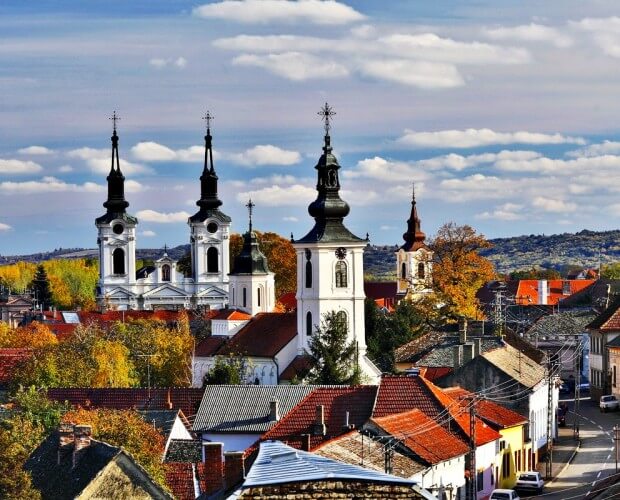 Sremski Karlovci
Sremski Karlovci
The Baroque Town Sremski Karlovci, located in the foot of the only mountain in Vojvodina, the Fruska Gora, are remembered for the good wine, architecture or cultural monuments, but also for the interesting stories from the rich history of the Serbian people. Spiritual, cultural and educational center Just 11 km from Novi Sad and 57 [...]
Continue Reading
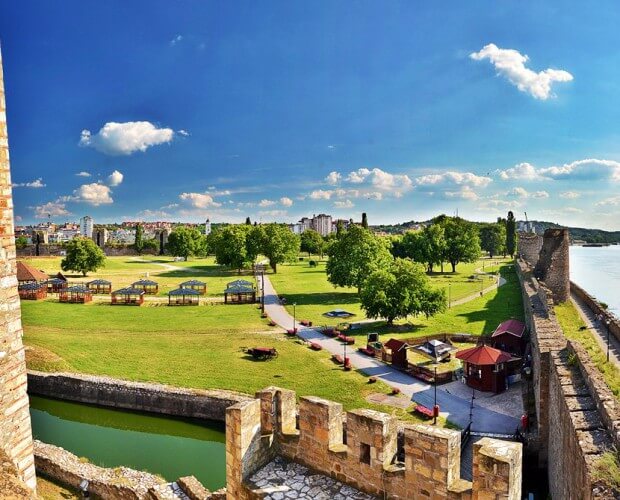 Smederevo
Smederevo
The last Serbian medieval capital Some cities became capitals for its trade and prosperity, some of them were built with the intention to become the throne-keeps. Smederevo belongs to the second type – it was the bastion of the last Serbian medieval realm, and the true rampart between the Ottoman Empire and the Europe. Also [...]
Continue Reading
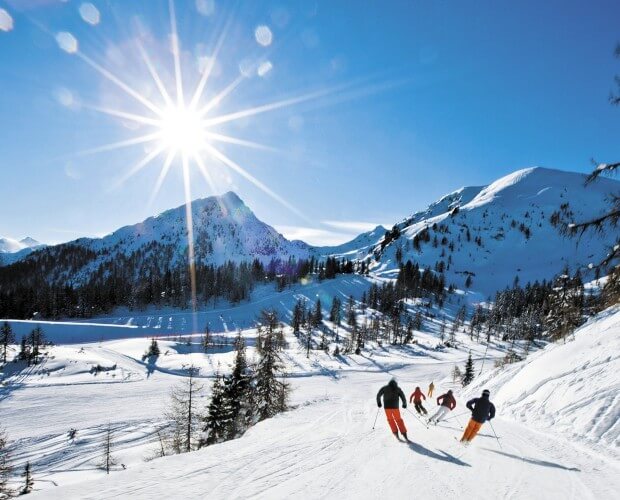 Kopaonik
Kopaonik
The largest mountain range in Serbia Kopaonik has a subalpine climate and and is rightfully known as the Mountain of the Sun for there are almost 200 sunny days during the year. Snow falls from the end of November and stays until May, which is on average 159 days a year. National Park Kopaonik gained [...]
Continue Reading
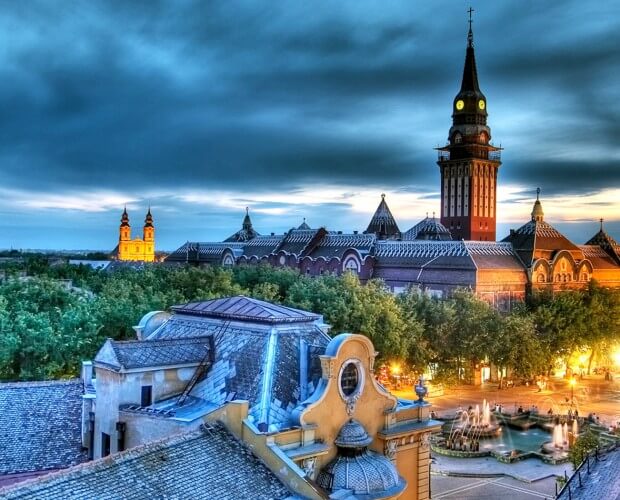 Subotica
Subotica
Art Nouveau style town Subotica is a Serbian city with some 100,000 inhabitants located very close to the Hungarian border. The city experienced major growth during the Austro-Hungarian Empire, helped by the development from 1896 onwards of an important railway link, which encouraged many traders, artisans and financiers to settle in the city. Alongside this [...]
Continue Reading
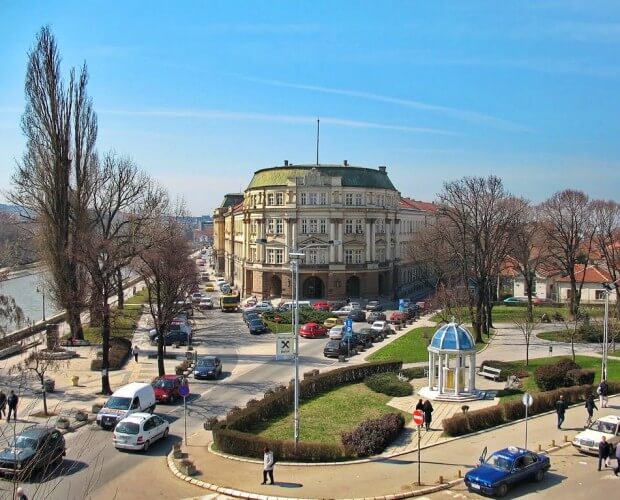 Niš
Niš
One of the oldest cities in the Balkans With around 250,000 residents, Niš is the third largest in Serbia and the capital of the Nišava District. It is located in southern Serbia, at the crossroads of the most important Balkan and European routes connecting Europe with the Middle East. The Gateway between the East and [...]
Continue Reading
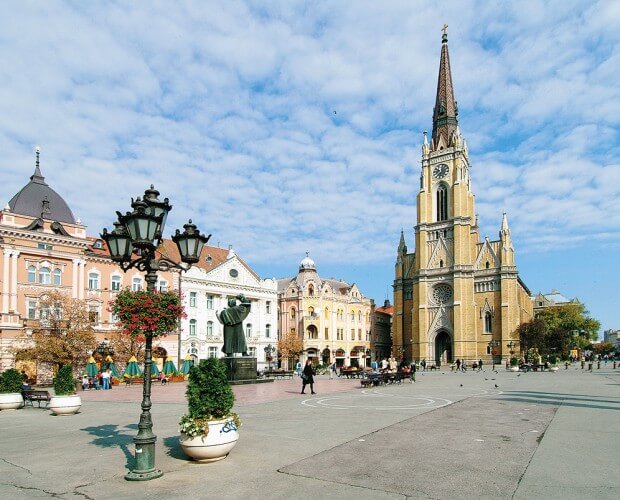 Novi Sad
Novi Sad
The Serbian Athens Novi Sad is the second largest city in Serbia, the administrative seat of Vojvodina. The city has a population of around 250,000 people and it is located in the southern part of Pannonian Plain, on the banks of the Danube river and Danube-Tisa-Danube Canal. Positioned on the Danube, at the crossroads of [...]
Continue Reading
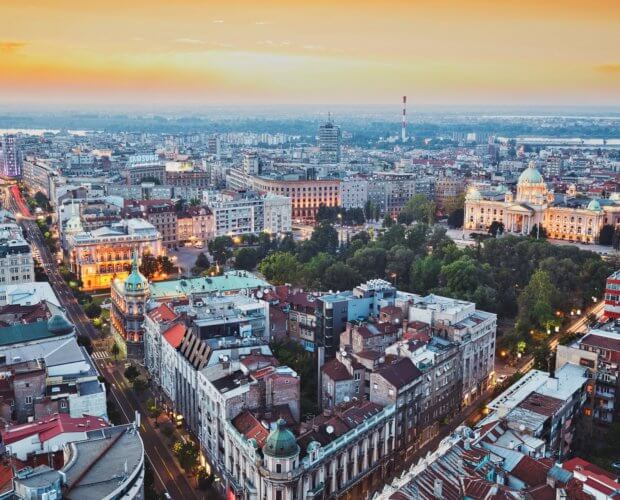 Belgrade
Belgrade
Ancient city at the confluence of two great rivers It has all started eight thousand years ago, when one of the most prosperous civilizations of that time made its first settlement on the banks of Danube River. Today known as the Vinča Culture easily made its breach to the top of European prehistoric civilization. Many [...]
Continue Reading